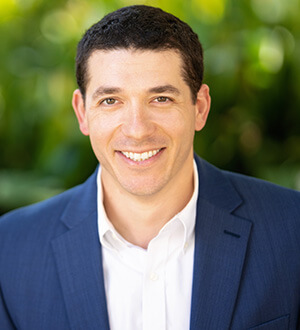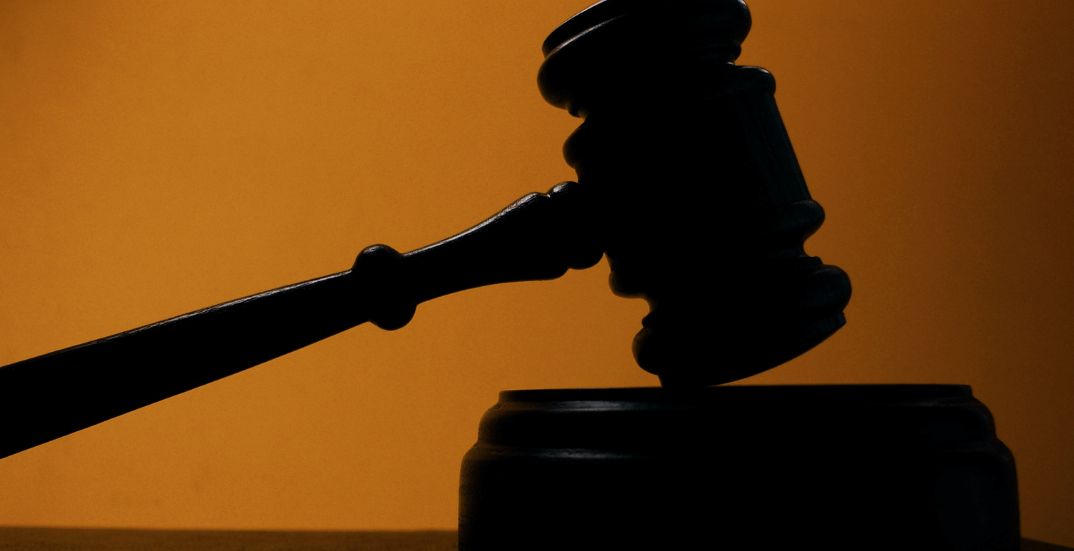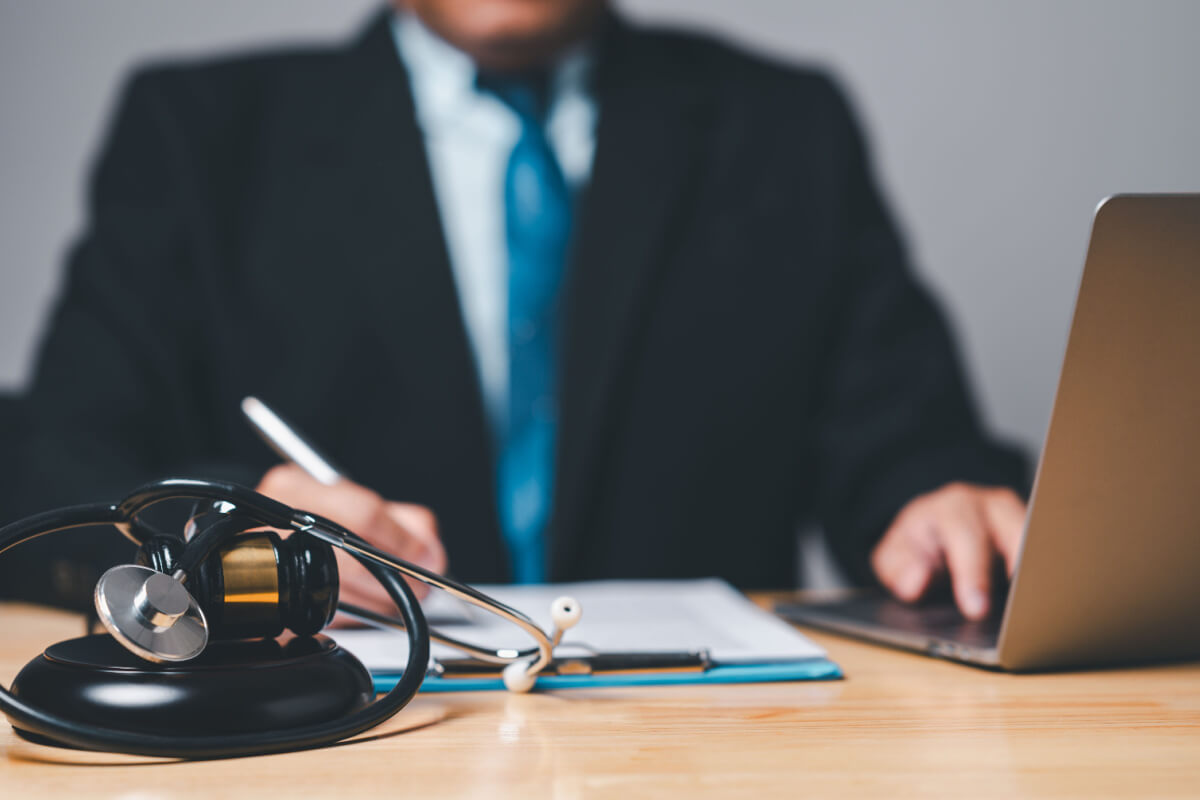
Associate at AKD Lawyers
Practice Areas: Personal Injury, Property Damage, Insurance Bad Faith Claims, Breaches of Contracts, Employer-Employee Disputes

When a child gets hurt at school, parents often find themselves with more questions than answers. Schools are expected to provide a reasonably safe environment, yet injuries still occur in classrooms, hallways, playgrounds, and sports fields. Understanding how school liability works can help parents make sense of these situations and know what steps may follow.
This guide explains how duty of care works in educational settings, how negligence is evaluated, and why public and private schools are treated differently under the law. It keeps the focus strictly informational while covering key concepts related to school safety and responsibility.
Understanding School Liability for Student Injuries
Schools have a responsibility to protect students while they are on school grounds or participating in school-sponsored activities. This responsibility is known as the duty of care. It includes maintaining safe premises, supervising students at appropriate levels, responding to hazards, and following safety policies.
A school may be considered negligent if:
- It failed to take reasonable precautions that another school would normally take.
- It ignored unsafe conditions that posed a foreseeable risk.
- It did not follow established safety procedures.
- It provided inadequate supervision during activities.
Schools have a duty of care to maintain safe premises, provide reasonable supervision, and address known hazards that could foreseeably cause harm to students.
Liability depends on whether the unsafe condition or lack of supervision directly contributed to the injury and whether the harm could have reasonably been prevented.

Common Situations Where School Injuries Occur
Children spend many hours at school and engage in a variety of activities. While minor bumps or scrapes may be expected, some injuries happen because a preventable hazard was overlooked.
Playground Hazards
Playgrounds are common locations for fractures, sprains, and head injuries. Issues such as broken equipment, lack of soft ground cover, or inadequate supervision can increase risk.
Classroom and Hallway Conditions
Slippery floors, loose carpeting, and cluttered walkways can cause falls. Schools must keep these areas clear and respond promptly to reported hazards.
Sports and Physical Education Injuries
Sports carry inherent risks, but those risks grow when supervision is limited, gear is outdated, or playing surfaces are unsafe. Understanding school accident negligence factors is important here.
Bullying, Fights, and Behavior Issues
If the school knew about ongoing bullying or prior incidents and did not act, liability may arise. Emotional injuries from bullying can also affect learning and well-being.
School Bus and Transportation Issues
Injuries can occur during boarding, exiting, or while riding the bus. Factors may include unsafe stops, improper driver training, or lack of supervision during transportation.
Staff Inattention
Leaving students unsupervised or failing to intervene in unsafe situations can create conditions where an injury becomes more likely. These examples highlight why understanding school negligence responsibility is essential for parents trying to interpret what happened.
Public vs Private School Liability
Liability can differ sharply depending on whether the school is public or private. This is one of the most important factors in determining what may happen after an injury.
Public Schools
Public schools are government entities and often protected by sovereign immunity. This limits when lawsuits can be filed unless specific laws allow it. Parents typically must file a notice of claim before taking any further action, and deadlines can be strict.
Private Schools
Private schools operate like private organizations. They do not have sovereign immunity, so liability usually follows standard negligence principles. The evaluation focuses on whether the school acted reasonably based on the circumstances.
The distinction between public and private schools significantly affects how liability is assessed and what procedures must be followed.
Understanding these differences helps parents know why timelines and procedures may vary from one school to another.
Table: Public vs Private School Liability Structures
|
Category |
Public Schools |
Private Schools |
| Liability Framework | Governed by sovereign immunity rules | Standard negligence principles |
| Filing Requirements | Notice of claim often required | Direct filing rules apply |
| Sovereign Immunity | Usually applies and limits claims | Does not apply |
| Notice Deadlines | Often short and mandatory | Standard injury timelines |
| Damages Limitations | May be capped by law | No sovereign immunity caps |
| Governing Body | Government or school district | Private administration |
| Documentation Needed | Administrative reports, medical records, witness accounts | Same, without immunity requirements |
When School Negligence May Be Present
Negligence means the school failed to do something a reasonable institution would have done, and this failure caused harm. Understanding negligence helps parents identify what went wrong.
Negligence may involve:
- Not supervising children during recess or high-activity times
- Ignoring repeated safety complaints
- Failing to repair broken fixtures or equipment
- Not responding to bullying reports
- Lack of training for coaches, teachers, or activity supervisors
To understand what happened, documentation helps. This may include medical records, school communication logs, photos, videos, or witness accounts. These items build a clearer picture of the event.
Many injuries occur in predictable settings such as recess, hall transitions, sports, and on playgrounds where proper supervision is essential.
Reporting and Documenting a School Injury
After a child injury at school, it is helpful for parents to gather clear and complete information. Reporting processes vary, but most schools provide incident forms and require staff statements.
Documentation may include:
- Photos of the area and hazard
- Medical notes or evaluations
- Written statements from staff or students
- Emails or messages between the parent and school
- Any prior complaints about the same issue
Creating a clear record helps parents understand what led to the injury and whether conditions played a role.
What Parents Should Know About Timelines and Rules
Timelines matter because reporting requirements differ between public and private schools. Public schools often require filing notice-of-claim paperwork within a short timeframe. Private schools follow general reporting rules with more flexible deadlines.
Because every state has its own procedures, quick documentation and early reporting help parents stay within the required timelines.
Sovereign immunity can affect how and when a claim is filed. Timelines for public schools may be shorter than standard personal injury deadlines.
Potential Forms of Harm and Long-Term Impact
School injuries can affect children in more ways than the initial incident suggests.
Common concerns include:
- Physical harm such as fractures, sprains, or concussions
- Emotional effects after bullying or fear-inducing accidents
- Learning disruptions due to missed classes
- Need for long-term treatment or accommodations
These factors help families document the full effect of an injury and monitor any changes over time.
FAQs
What responsibilities do schools have to keep students safe?
Schools must supervise students, maintain safe premises, respond to hazards, and follow safety procedures based on duty of care standards.
What types of evidence help clarify how a school injury occurred?
Incident reports, photos, medical evaluations, witness accounts, and safety policies can help show how the event happened.
Are public and private schools treated differently when a child is injured?
Yes. Public schools often follow sovereign immunity rules, while private schools are evaluated under standard negligence principles.
What should parents document after a school-related injury?
Record symptoms, medical visits, communications with the school, photographs, and copies of school incident reports.
How do deadlines work for reporting school injuries?
Public schools may require early notice-of-claim filings, while private schools follow general personal injury timelines.
Does bullying fall under school liability?
If the school was aware of ongoing bullying and did not intervene, liability may be possible depending on the circumstances.
Conclusion
School injury situations can be confusing, especially when parents are unsure whether the school is responsible. Understanding school injury liability, duty of care, differences between public and private institutions, and the role of documentation helps families navigate these incidents more confidently.
If your child has been injured at school and you want clarity about your rights or the next steps, the team at Alvendia, Kelly & Demarest Law Firm is here to support you. Our New Orleans personal injury attorneys help families understand how these incidents work and what options may be available. Reach out today to schedule your free consultation.
Categories

In 2003, after being dissatisfied with the quality of legal care for victims of car accidents, Roderick ‘Rico’ Alvendia sought to establish a new firm focused on providing high-quality legal services to aid injured victims and their families. J. Bart Kelly, sharing Rico’s passion for upholding justice, joined the firm later that year, and established a partnership.







